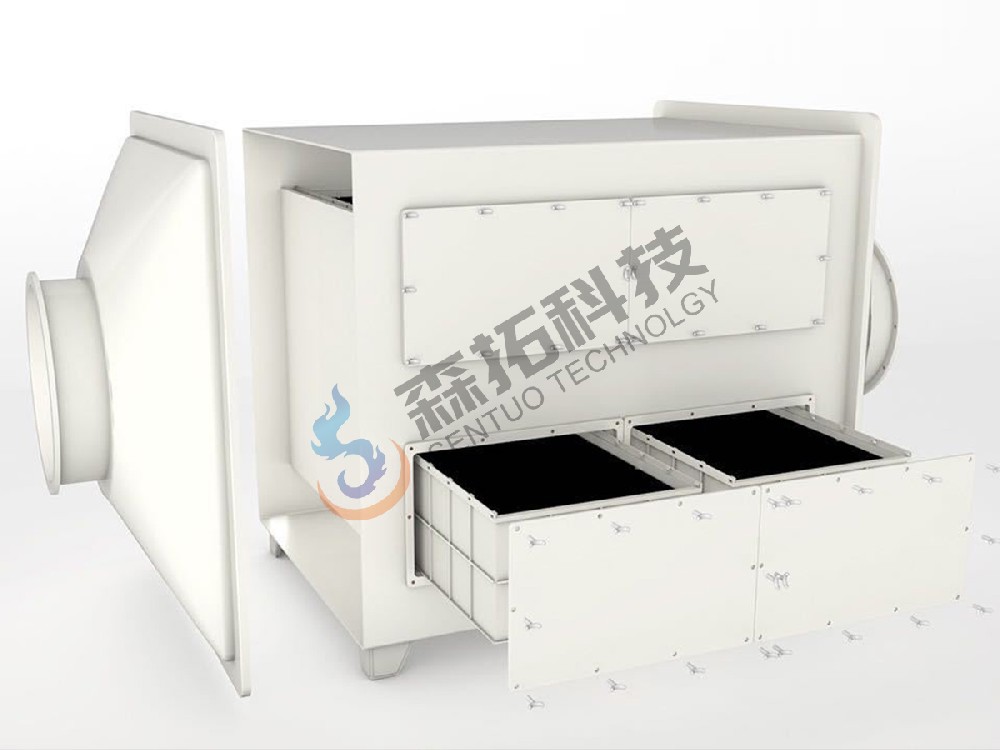
Hotline
+8618073104088
When air passes through the activated carbon adsorption box, harmful gases and odor molecules are adsorbed on the surface of the activated carbon by physical adsorption when they pass through the micropores of the activated carbon. This process is a physical reaction and does not produce new harmful substances. The activated carbon in the activated carbon adsorption box can be reused through regeneration or replacement. When the activated carbon adsorption is saturated, the harmful gases and odor molecules adsorbed on the surface of the activated carbon can be resolved by heating or chemicals, so that the activated carbon can be regenerated and its service life can be extended. In addition, in order to improve the working efficiency of the activated carbon adsorption box, catalysts and other substances are usually added, so that the harmful gases and odor molecules are decomposed into harmless or low-toxic substances when passing through the activated carbon layer. In general, the working principle of the activated carbon adsorption box is to make use of the adsorption performance of activated carbon and the decomposition effect of catalyst to adsorb and decompose the harmful gases and odor molecules in the air into harmless substances, so as to achieve the purpose of purifying the air. Because of its high efficiency, safety, environmental protection and other characteristics, activated carbon adsorption box is widely used in a variety of places that need to purify the air, such as industrial production, laboratories, hospitals, homes and so on.